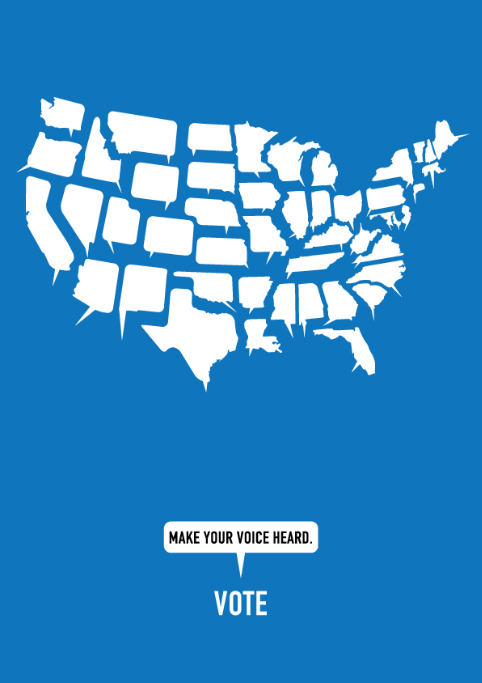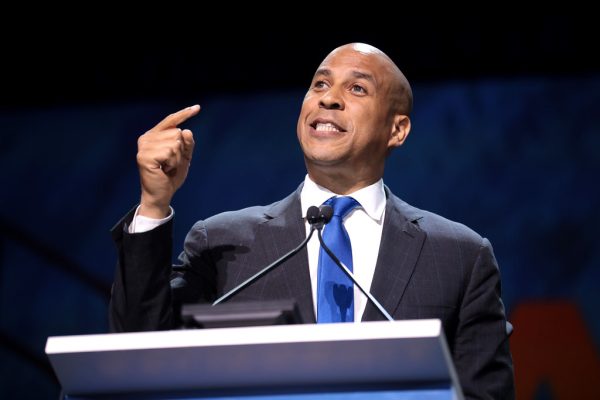Breaking Down the Presidential Primaries
An explanation for all those who don’t know what on Earth is going on.
VOTE. On March 17, 2020, the Ohio Democratic Primaries will be held to vote on the Democratic nominee to represent the party in the November presidential elections. The primaries are held in all 50 states across the U.S., and are divided between the two major parties, the Republian primaries and the Democratic primaries. The process is used to allow party members to decide who, out of a broad variety of candidates, will best represent their party as a presidential nominee.
The presidential primaries.
“What on earth are those?”— has become the common response to any questions or updates related to this confusing process. So let me try to briefly explain.
The presidential primaries are designed to determine which candidate will represent their party in November and are separated into the Democratic and the Republican primaries. For the Democrats, there are about 10 candidates currently running, with recognizable names such as Joe Biden, Bernie Sanders, Mike Bloomberg, and Pete Buttigieg all competing to gain the popular vote to face the Republican nominee in a couple of months.
Think about it this way—there are around 10 candidates currently campaigning for the Democratic nominee, but only one can go against Donald Trump, the favorite Republican frontrunner, in November.
The only way to narrow down these ten Democratic candidates is by members of their party voting for them in the primaries. The voting is held state by state, scheduled on dates scattered from February 2020 to May 2020. Ohio’s primary is held on March 17, 2020.
Anyone who is registered to vote is allowed to vote in whichever party they registered with and choose the candidate they want to represent their party in the presidential race.
Republicans currently have four candidates campaigning for the primary nominations, but if the current polls tell us anything, most votes will go to current Republican President Donald Trump as he has won about 98 percent of the delegates in the first couple of Republican primaries. That leaves the wide field of possible Democratic candidates left to challenge him in the presidential race.
Now the voting system for the primaries is not as simple as it seems. Similar to the presidential election, the population votes for representatives, also known as delegates, to represent their votes, later on, which for the primaries is in the national convention for either party.
To explain, there are a certain number of delegates assigned to each state according to population size, with 3,979 available for the Democratic nomination. To win the Democratic nominee, a candidate must have a majority of 1,991 delegate votes for them at the convention.
For example, Ohio has 153 delegates assigned to it for the Democratic primaries, and 136 of these delegates are pledged delegates, meaning they are forced to vote according to how the state’s general results in the voting process. So if a candidate wins 40 percent of the vote in that state, they are assigned roughly 40 percent of the delegates to vote for them at the national convention.
Those are pledged delegates. However, there are typically extra delegates called unpledged delegates or even “superdelegates”, usually local party leaders, that get to vote for whomever they choose, regardless of voting results. In Ohio, we have 17 of this sort of delegate.
As primaries go on, more candidates will drop out and the popularity of some will rise and fall and voting results come out. The first few states to vote in the primaries, states such as Iowa, New Hampshire, and Nevada are critically watched to determine the popularity of different candidates as time progresses.
As of late February 2020, Sanders is in the lead for the Democratic nomination, with 45 delegates currently assigned to vote for him at the Democratic National Convention in July.
Essentially, primaries are a great way to keep up with the popularity of each candidate and the direction the party will go in throughout the election.
The results of the primaries will be announced at the Democratic and Republican National Conventions on July 13 for Democrats and August 24 for Republicans.
So until then, anyone 18 or older—go out on March 17 and vote for whichever candidate you believe will represent your party best. Seriously—your vote does count in this matter.
Your donation will support the student journalists of Sycamore High School. Your contribution will allow us to purchase equipment and cover our annual website hosting costs.







